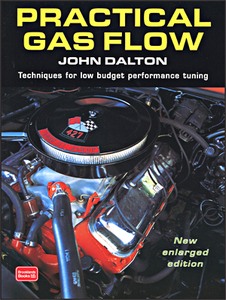How to Choose Camshafts & Time them for Maximum Power (Veloce SpeedPro)
Explains in simple language how to choose the right camshaft(s) for your application, and how to find the camshaft timing which gives maximum performance. Also explained are all aspects of camshaft design and the importance of lobe phasing, duration & lift.
Applies to all 4-stroke car-type engines with 4, 5, 6 or 8 cylinders. Avoids wasting money on modifications that don't work. Applies to road and track applications.

Specificaties
| Auteur: | Des Hammill |
|---|---|
| Uitvoering: | 64 blz, 24.5 x 21 x 0.9 cm, softcover |
| Illustraties: | 95 kleurenfoto's en tekeningen |
| Uitgever: | Veloce Publishing Ltd (GB, 2003) |
| Serie: | SpeedPro |
| ISBN: | 9781903706596 |

How to Choose Camshafts & Time them for Maximum Power
Taal: Engels
Kopen bij bol.comKopen bij Amazon NL
Kopen bij Amazon BE







![[GTUR] Maximum Boost - Turbocharger Systems](../afb/BEN/9780837601601.jpg)



